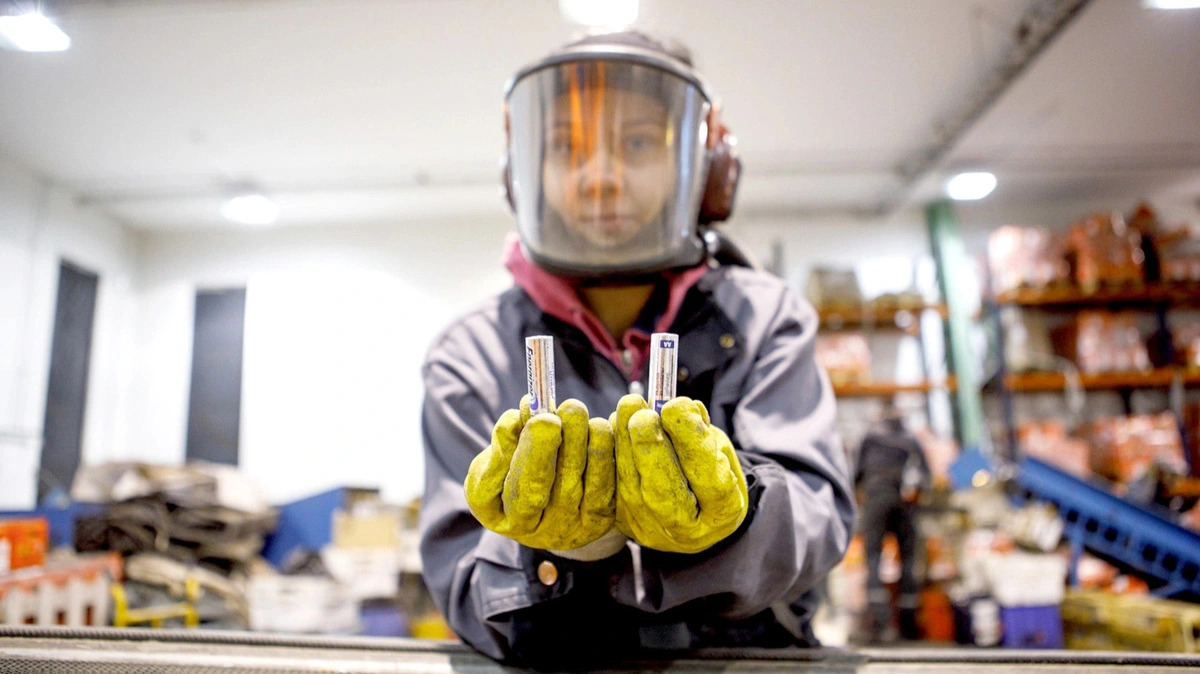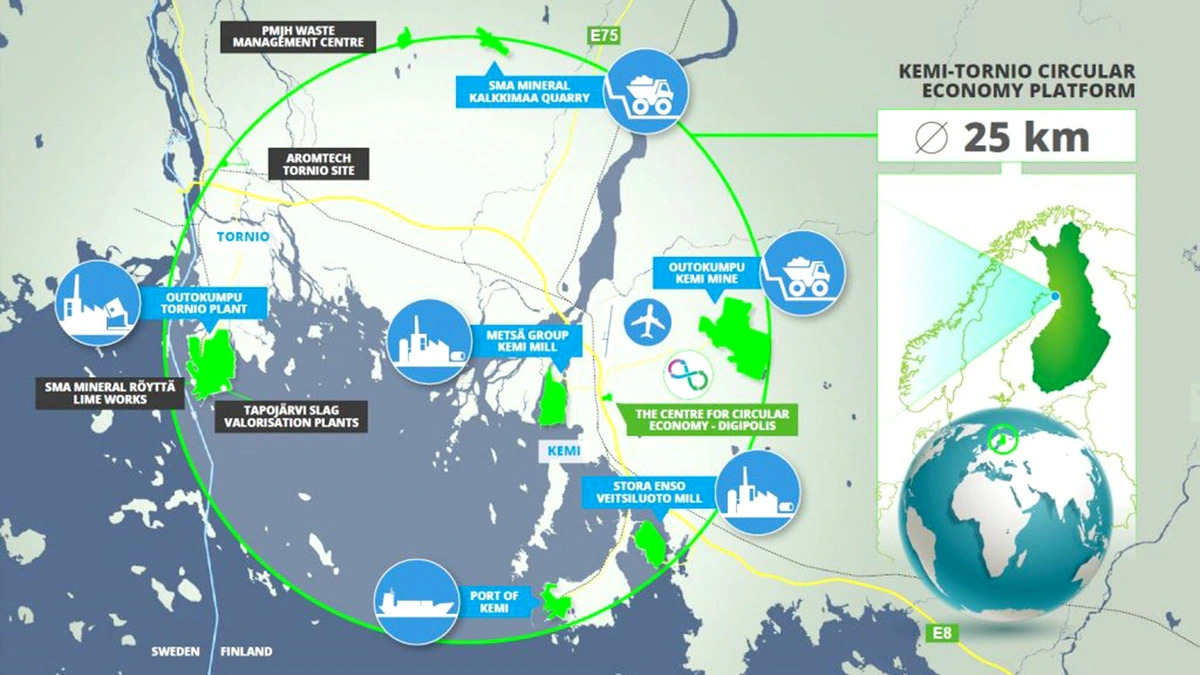Learning from Keijo Norvanto, the Finnish Ambassador to Vietnam, will provide valuable lessons to help promote Vietnam's green transition and guide the path to obtaining a similar circular economy.
In early the 20th century, Finland was still considered a poor and isolated country with an average life expectancy of forty-six.
The country ranked among the top 50 globally for GDP per capita in 2023 and is famous for education and ICT companies like Nokia.
In just over 50 years, Finland transformed from an agriculture-based economy into one of Europe's top countries with strong potential for innovation and competition in the knowledge-based sector.
Despite initial apprehension about the outcomes, Finland undertook many steps and trials. It was through these efforts that the country gained valuable experience and insights.
It is easy to recognize the similarities between Finland and Vietnam, from recently gaining independence, fighting wars to gain autonomy to recognizing their people and spirit as the most valuable assets.
The Finns believe that to take the leap, you must recognize the importance of a well-educated generation, a highly consensual society, and a knowledge of how to grasp the trends of the times to make a big difference, Norvanto said.
Modestly admitting that Finland is just "a small country" compared to Vietnam in terms of population, the ambassador is optimistic that the two will align and share many experiences, including about how to build a circular economy, in the coming time.
Saving every resource
In simple terms, a circular economy is a circular model where the products of one industry and even the waste from production become inputs for production in another industry.
A great example is the battery. A few years ago, Ambassador Norvanto used to bring a bag of used batteries whenever he returned home for recycling in Finland.
Today, he is thrilled to accomplish this in Vietnam.
In a circular economy, nothing goes to waste, and everything is utilized to its fullest potential. The goal is to maximize value, prevent waste, and avoid environmental harm.
Building a circular economy may sound big, but in fact, it can start with small things like recycling batteries.
The ambassador remembers when he came across an article about a Hanoi student's model of collecting used batteries so that they would not be thrown away but would be recycled.
“I wondered what to do with used batteries and I used to bring them home to Finland," he said.
“But now I know that I can recycle them in Vietnam thanks to young people like the student mentioned above."
Citizens, young and old, can contribute to their country’s circular economy strategy, the ambassador said.
“Start small and educate the children about not wasting food for lunch,” he said.
He encouraged parents to explain what it means to get only enough food for their lunch, not more, to reduce waste.
Companies and manufacturers that can benefit from the circular economy also need to understand the value of cooperation to turn the waste of other companies into resources and inputs for their own firms.
Vietnam must actively listen and provide the necessary legal frameworks and tools to help both companies and citizens embrace this change, the diplomat stated.
For policies to succeed, the ambassador emphasized the need for support from individuals who understand how the government and political system work to ensure security and sustainable development, ultimately leading to better quality of life.
This approach has been key in Finland, where it has helped foster broad societal consensus over the years.
Maximizing environmental effort
Growing up as his country was changing, Norvanto shared that he has witnessed the gradual disappearance of urban landfills in his homeland.
|
|
| A circular economy industrial cluster in Finland’s Kemi-Tornio region. Photo: ELMO |
Currently, 99 percent of urban waste in Finland is recycled, a target the ambassador believes is entirely achievable for Vietnam as well.
He expressed pride in the waste-to-energy plant in Bac Ninh Province, northern Vietnam, which operates using advanced waste treatment technology from Finland.
“It’s part of a circular economy where we no longer send waste to landfill but can use it as a resource or material for other manufacturing industries,” Norvanto said.
Even though they have different political systems, both countries aspire to achieve the goal of sustainable development.
Cooperation between the two nations on how to develop an innovative system and ways to improve the circular economy in Vietnam has been encouraging.
Through events such as the annual Green Economy Forum & Exhibition, which takes place in Ho Chi Minh City from Monday to Wednesday, Finland and other Nordic countries can share experience with Vietnam during their green transition and how a circular economy can be navigated and easily promoted.
“As we are in the same boat, we must work together to solve global issues such as reducing emissions,” Ambassador Norvanto remarked.
Like us on Facebook or follow us on Twitter to get the latest news about Vietnam!





















































